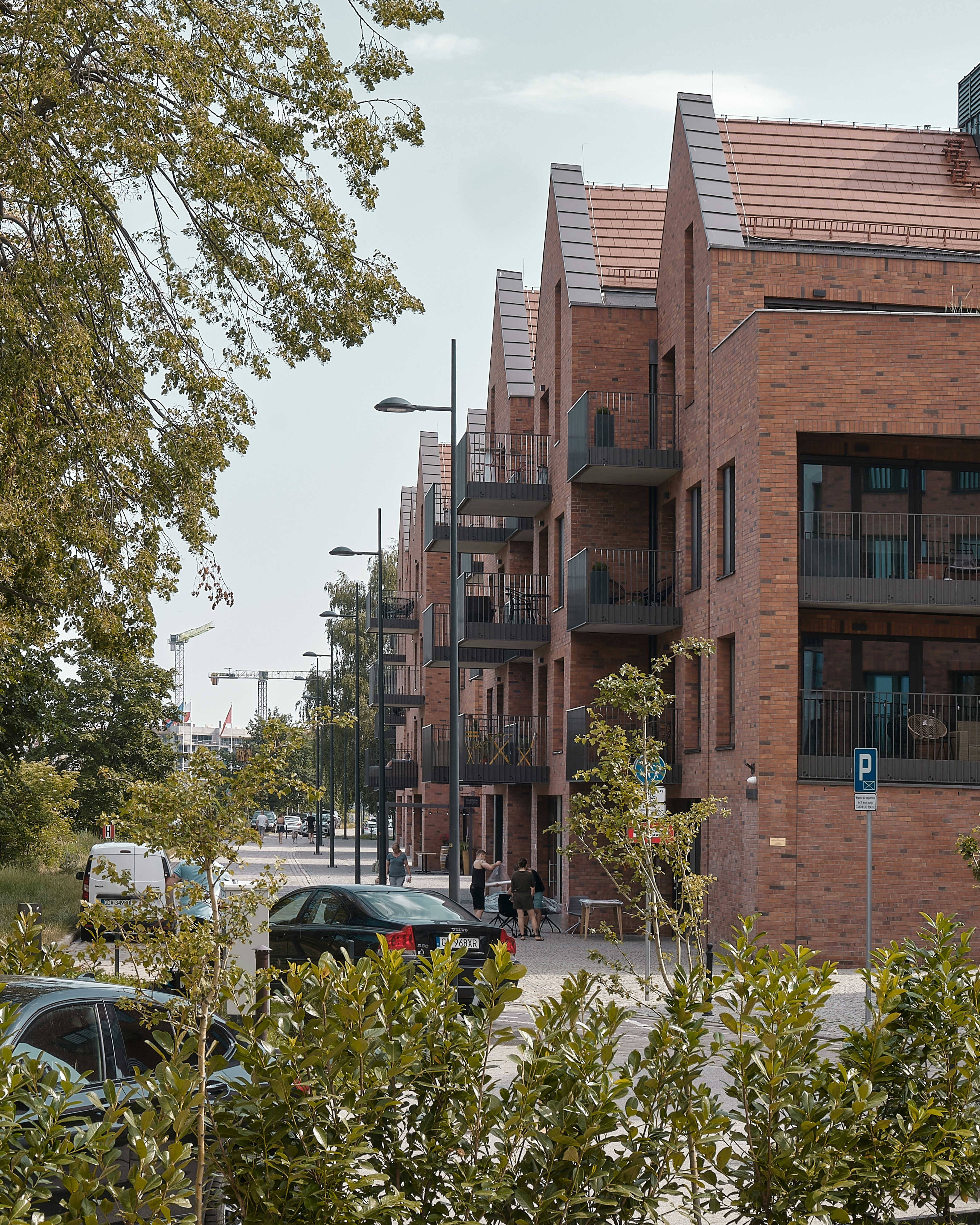The Multifamily Market Is Poised for Big Moves in 2026

The multifamily real estate market continues to be a central focus for investors, developers, and property managers. As we approach 2026, market dynamics are signaling notable shifts that could reshape investment strategies and operational priorities. Understanding these trends is essential for stakeholders looking to position themselves ahead of the curve.
Market Overview: A Strong Foundation
The multifamily sector has demonstrated remarkable resilience over the past few years. Despite macroeconomic pressures, including interest rate fluctuations and inflationary trends, demand for rental housing has remained robust. Urbanization, changing demographics, and evolving lifestyle preferences have fueled consistent occupancy rates across primary and secondary markets.
Investors are increasingly drawn to multifamily assets due to their stability and potential for steady cash flow. Unlike single-family properties, multifamily units provide a diversified income stream, mitigating risk in uncertain economic environments.
Key Drivers for 2026
Several factors are expected to influence the multifamily market in 2026. Recognizing these drivers can help investors and operators make informed decisions.
Demographic Shifts and Rental Demand
Millennials and Generation Z are entering prime renting years, contributing to strong demand for multifamily housing. Many young professionals prioritize flexibility and urban amenities over homeownership, particularly in high-cost cities. Additionally, older generations, including empty nesters, are downsizing and seeking community-focused living arrangements.
The convergence of these demographic trends is likely to sustain demand for well-located, amenity-rich multifamily properties. Investors who anticipate these preferences will have a strategic advantage in acquiring and developing properties that meet tenant expectations.
Economic Outlook and Interest Rates
Interest rates are a pivotal factor in multifamily investment. Following recent periods of volatility, the market is expected to stabilize in 2026, influencing financing costs and property valuations. A balanced interest rate environment will support both acquisition and development activity, while overly aggressive rates could constrain borrowing capacity.
Economic growth, job creation, and wage increases will also drive multifamily demand. Regions experiencing strong employment trends, particularly in technology, healthcare, and logistics, are likely to see increased rental occupancy and upward pressure on rents.
Urbanization and Suburban Opportunities
While urban centers remain a hub for multifamily development, suburban markets are emerging as viable investment alternatives. Shifts in remote work trends and lifestyle preferences have increased interest in suburban multifamily communities that offer more space and access to nature without sacrificing convenience.
Investors should consider secondary and tertiary markets where affordability, population growth, and infrastructure improvements create opportunities for sustainable returns. These markets may provide higher yields and lower competition compared to saturated urban environments.
Technology and Operational Efficiency
PropTech Integration
Technology continues to transform property management and tenant experience. From smart building systems to AI-driven leasing platforms, PropTech solutions are streamlining operations and enhancing asset performance. Multifamily operators who adopt these tools can improve occupancy, reduce operating costs, and enhance tenant retention.
Digital lease management, predictive maintenance, and data-driven marketing are becoming standard expectations. Investors who prioritize technology integration will be better positioned to maximize returns in competitive markets.
Sustainability and ESG Considerations
Sustainability is no longer a niche concern in multifamily real estate. Energy-efficient design, renewable energy integration, and environmentally conscious operations are increasingly influencing tenant choices and investor decisions. Multifamily assets that demonstrate strong environmental, social, and governance (ESG) practices are likely to attract premium valuations and long-term tenant loyalty.
Tenant Experience and Amenities
The tenant experience remains a critical differentiator in multifamily performance. Amenities such as coworking spaces, fitness centers, pet-friendly facilities, and community programming are no longer optional. Developers and operators who prioritize lifestyle-oriented amenities can maintain higher occupancy rates and justify rent premiums.
Investment Strategies for 2026
Value-Add Opportunities
Value-add multifamily properties present compelling opportunities for investors in 2026. Renovation, repositioning, and operational enhancements can drive rental growth and increase asset value. Targeting underperforming properties in high-demand locations allows investors to capture upside potential while mitigating market risk.
Core and Core-Plus Assets
Core and core-plus multifamily assets continue to appeal to institutional investors seeking stable cash flows and lower risk profiles. Well-located properties with strong tenant demand and minimal operational challenges provide predictable income and capital appreciation potential.
Emerging Markets
Secondary and tertiary markets are becoming increasingly attractive for multifamily investment. Lower acquisition costs, higher yields, and growing populations create favorable conditions for long-term growth. Identifying markets with strong employment trends, infrastructure development, and lifestyle appeal will be key for strategic positioning.
Risk Factors and Market Challenges
Regulatory and Policy Considerations
Government regulations, zoning restrictions, and rent control policies can impact multifamily investment returns. Staying informed about local, state, and federal policy developments is essential for risk management. Investors should assess regulatory environments carefully before committing capital to new developments or acquisitions.
Economic Volatility
Economic downturns, inflationary pressures, and interest rate fluctuations present potential headwinds. Investors must adopt flexible strategies and maintain sufficient liquidity to navigate periods of market uncertainty. Diversifying portfolios across property types, locations, and tenant segments can help mitigate exposure.
Construction Costs and Labor Shortages
Rising construction costs and labor shortages continue to challenge multifamily development. Efficient project planning, cost management, and strategic partnerships with contractors and suppliers are critical for controlling expenses and maintaining project timelines.
Predictive Trends for 2026
Looking ahead, several predictive trends are likely to shape the multifamily market:
- Increased Institutional Investment: Large-scale investors and private equity firms are expected to expand their presence, driving competition and influencing market valuations.
- Emphasis on Mixed-Use Development: Multifamily projects integrated with retail, office, and recreational spaces will appeal to tenants seeking convenience and lifestyle integration.
- Technological Advancements: AI, automation, and smart building technologies will continue to enhance operational efficiency and tenant engagement.
- Sustainable Design: ESG-compliant multifamily assets will gain a competitive edge in attracting tenants and capital.
- Shift to Secondary Markets: Investors will increasingly explore suburban and mid-sized urban markets with favorable demographics and growth potential.
Conclusion
The multifamily market is poised for significant developments in 2026. Strong demographic demand, favorable economic conditions, technological advancements, and sustainability considerations are shaping the investment landscape. Investors and operators who understand these dynamics and adopt forward-looking strategies will be best positioned to capture growth and optimize returns.
Whether through value-add initiatives, core asset acquisitions, or strategic market diversification, multifamily real estate offers substantial opportunities for those prepared to navigate the evolving landscape. Staying informed, embracing innovation, and anticipating tenant preferences will define success in the coming year.
The multifamily market is not simply enduring change—it is entering a phase of transformative growth that promises meaningful opportunities for informed, strategic investors.


